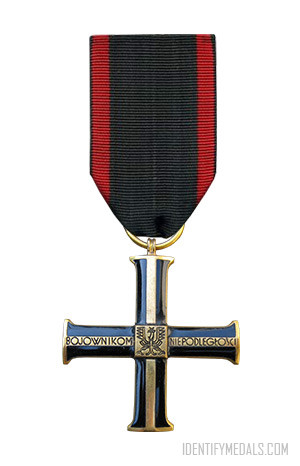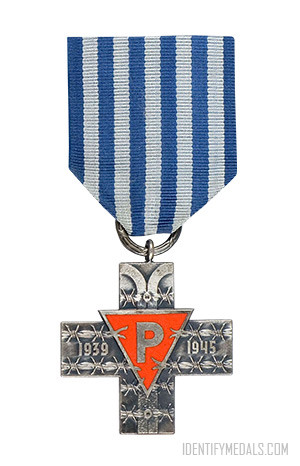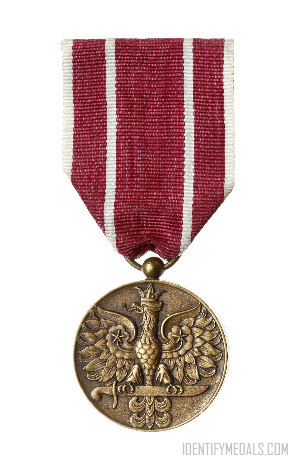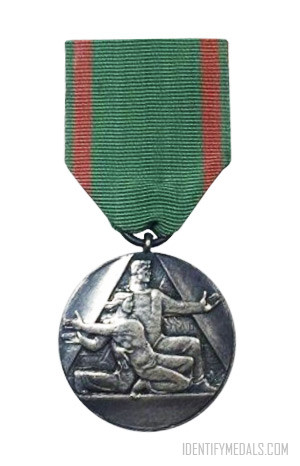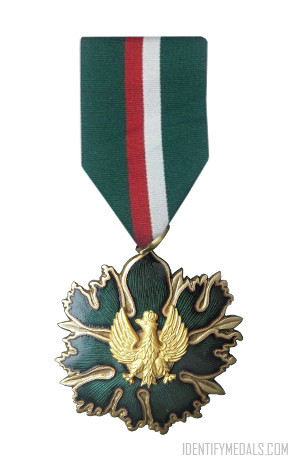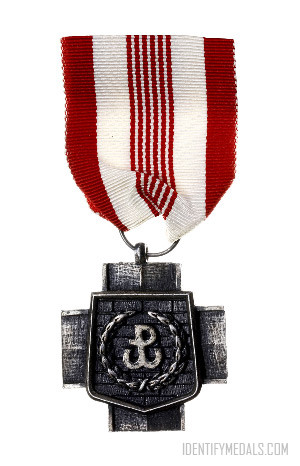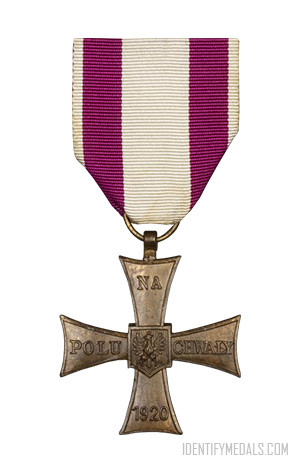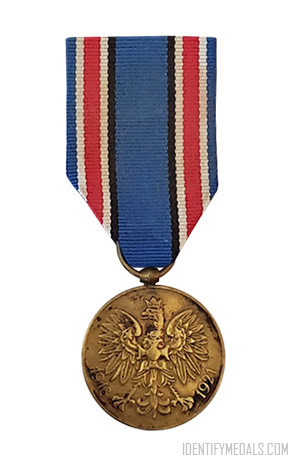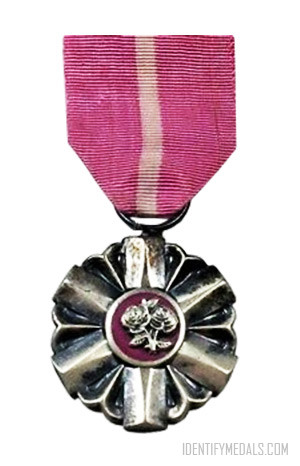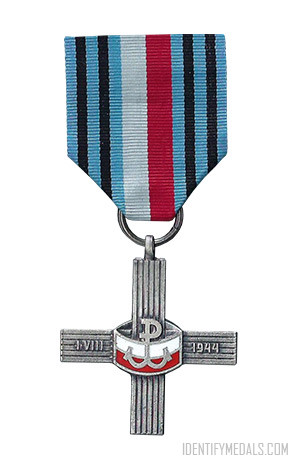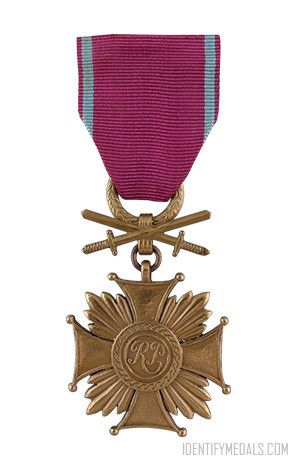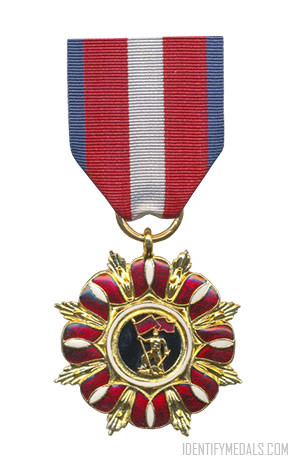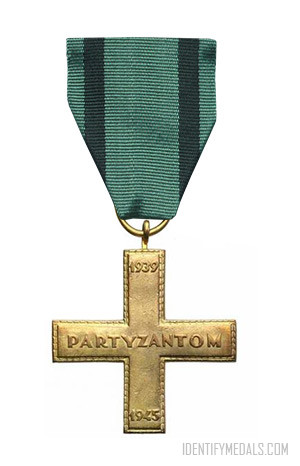- Time Period: Interwar Period
- Year of Institution: 29 October 1930
- Country: Poland
The Cross of Independence (or Krzyż Niepodległości in Polish) was awarded to individuals who had “fought heroically for the independence of Poland” and existed in three versions. It was the second highest Polish military decoration between World Wars I and II.
The Cross of Independence was established with a decree of the President of Poland of 29 October 1930. It was to be awarded to the people who laid foundations for the independence of the Fatherland before the World War or during it, as well as during the fights between 1818 and 1921, with the exception of the Polish-Russian War. After 1938 it was also awarded to people responsible for the reunification of Zaolzie with Poland.
Although the cross without the swords was awarded mainly to the civilians, all versions were considered to be military decorations.
The recipients of all grades of the Cross of Independence had a right to be elected to the Senate of the Republic of Poland, the right to travel by Polish State Railways free of charge and a right to send their children to the schools of their choice free of charge.
The Cross of Independence had three classes:
- Cross of Independence with Swords (1818 awarded by 1938)
- Cross of Independence (7917 awarded by 1938)
- Medal of Independence (51735 awarded all together)
The Cross of Independence Design
Both the Cross and the Medal were designed by professor Mieczysław Kotarbiński and most of the copies were made by Warsaw-based jeweler Wiktor Gontarczyk.
The cross measures 42 by 42 mm and is made of gilt bronze. The obverse has a rectangle shield with stylised eagle in bas-relief. The reverse is covered with black enamel and the motto “Bojownikom Niepodległości” (“To the Fighters for Independence”). The version with Swords had two golden swords crossed above the cross.

